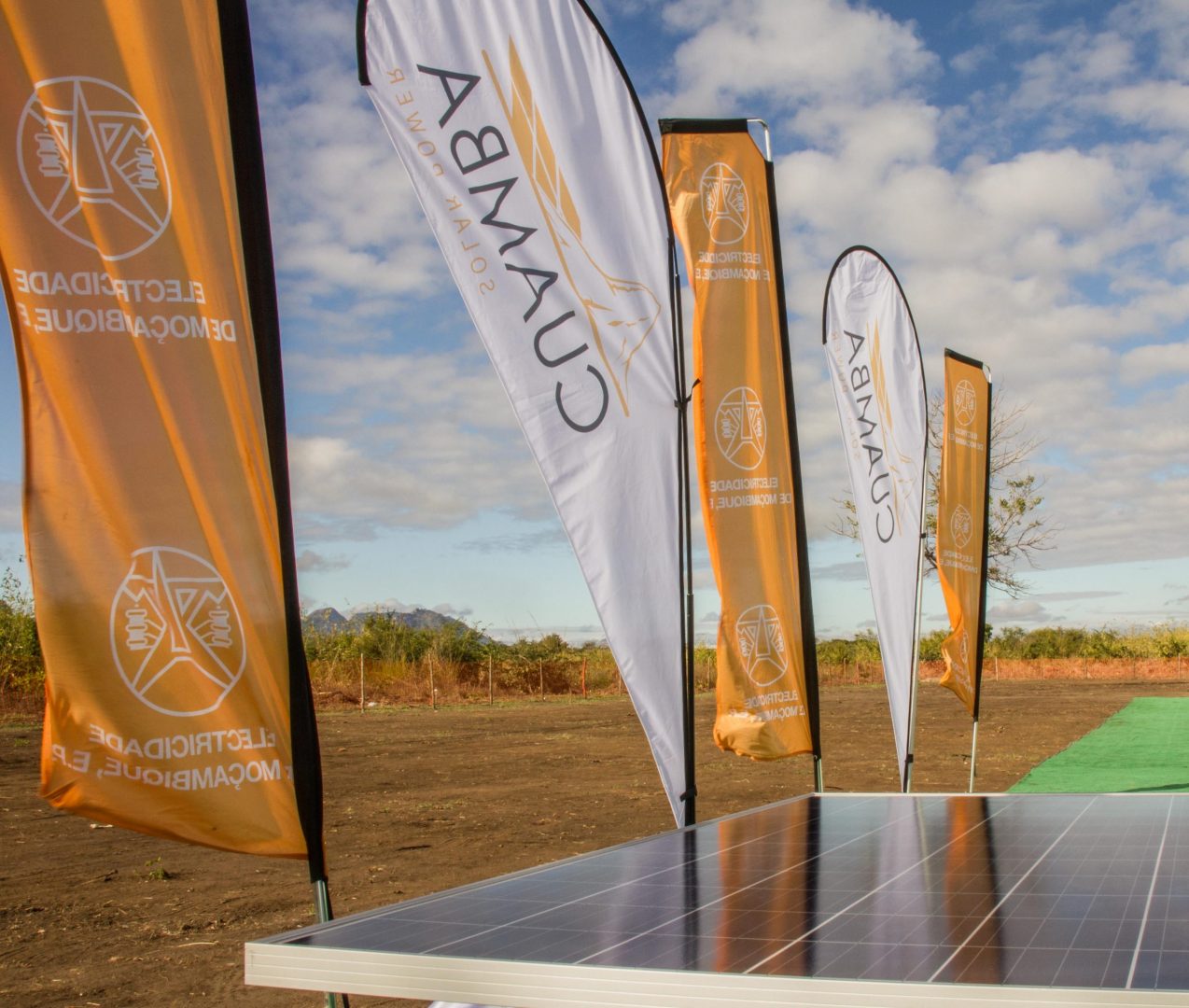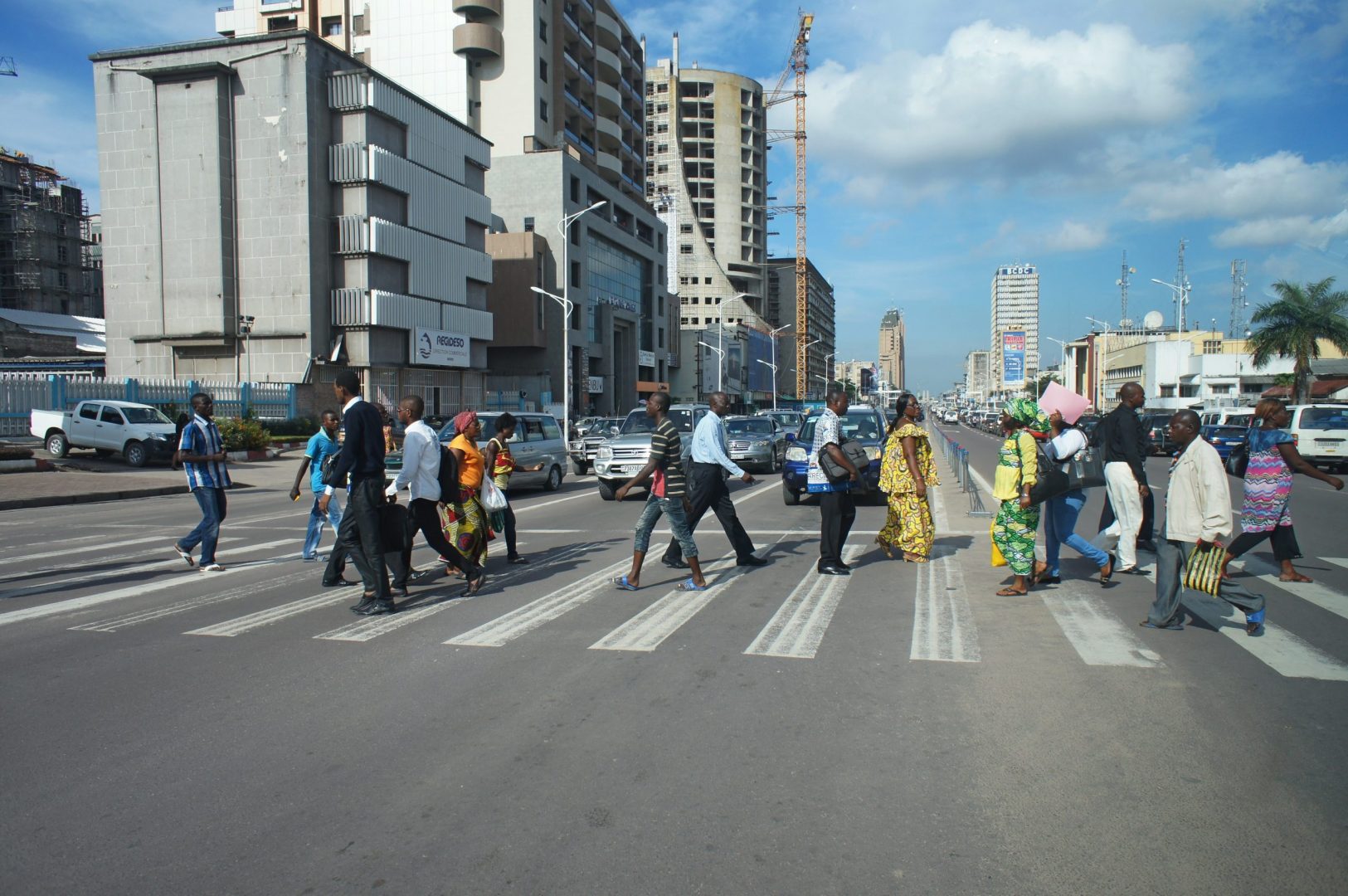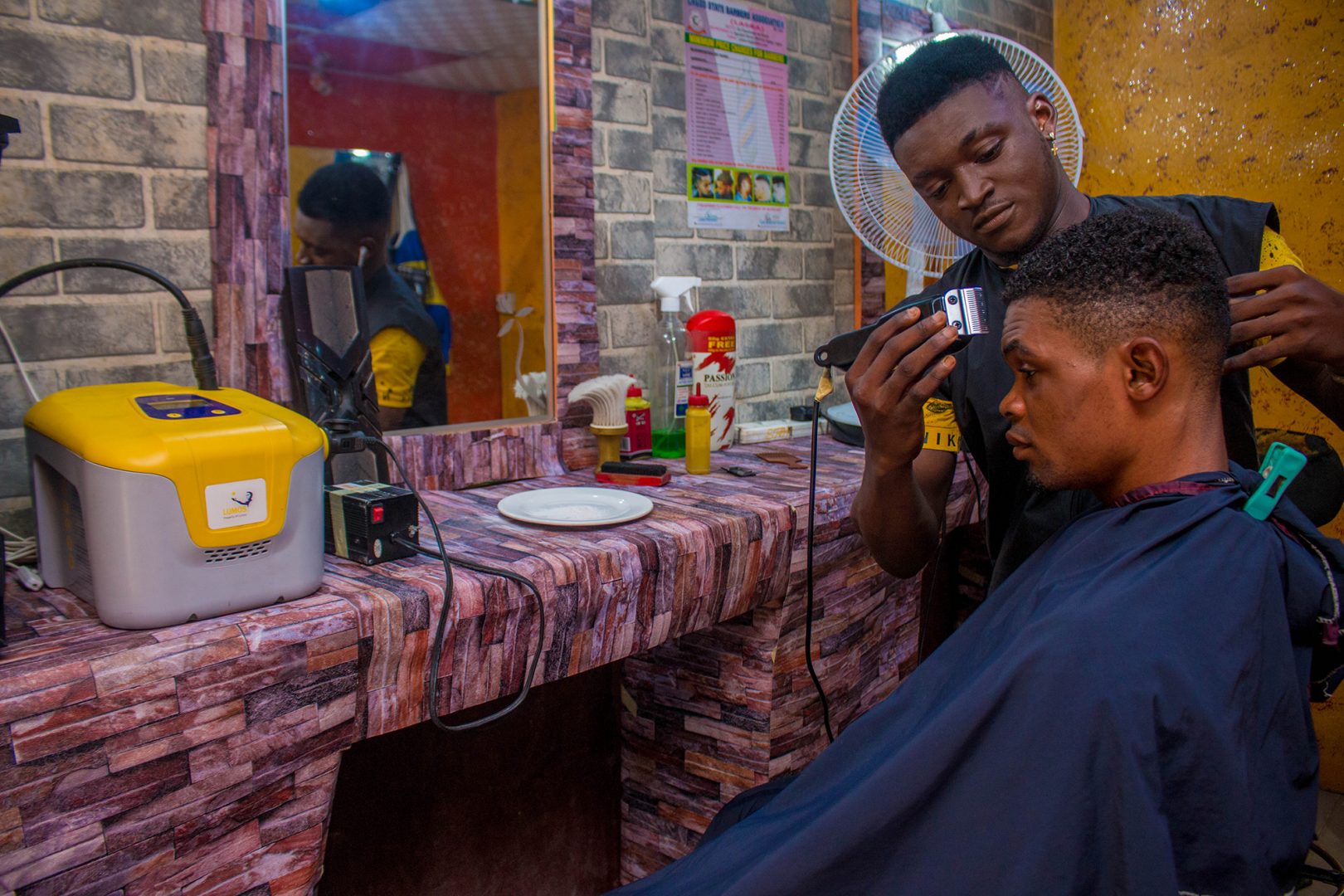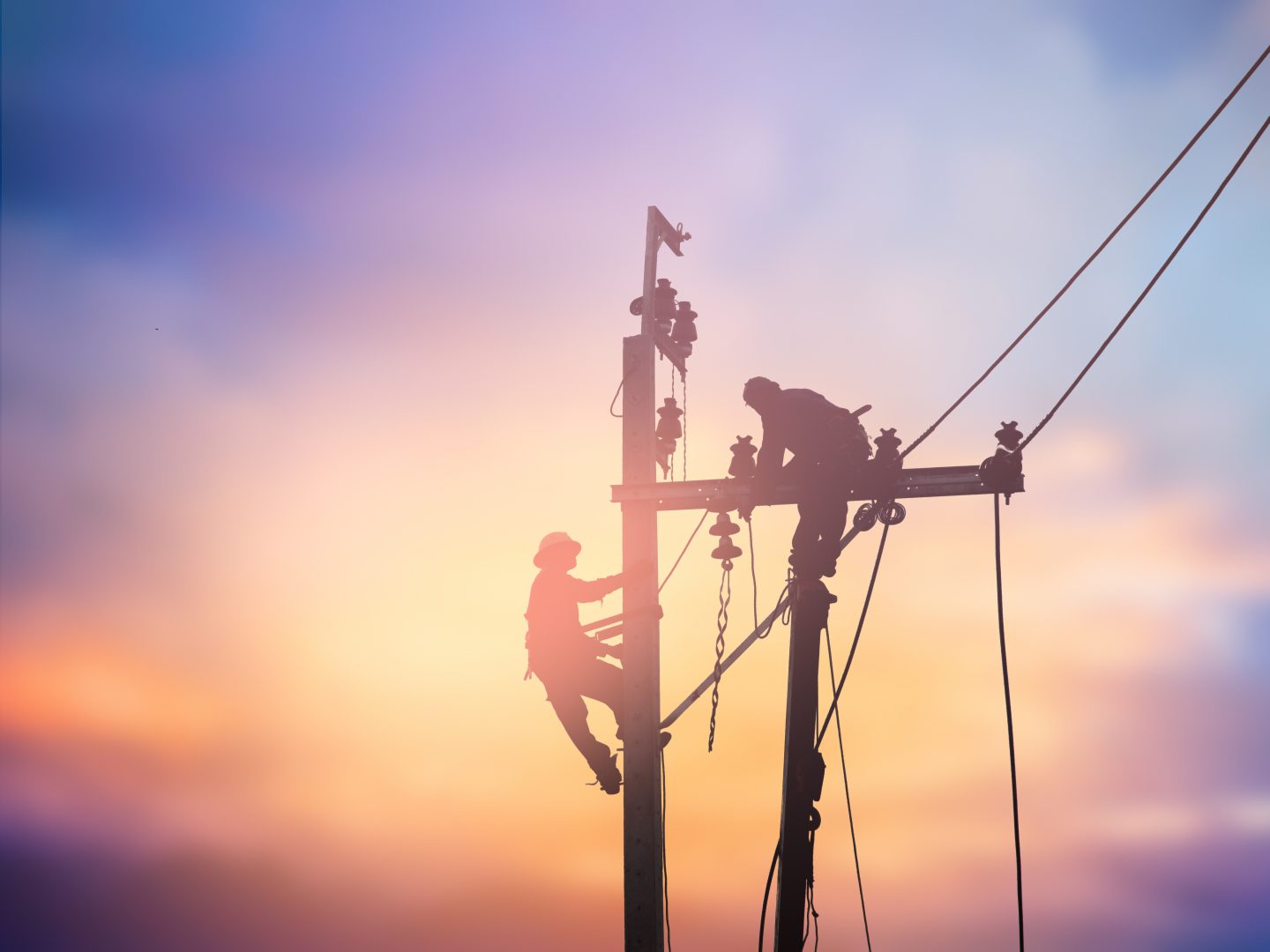With 600 million Africans still unconnected to power, solar home systems are suddenly all the news. Industry leader, and one of our investee companies, M-KOPA just connected its 50,000th customer in Uganda, a country where 85 per cent of the population is without electricity. Off-grid solar’s growth in East Africa has been so dramatic that The Economist recently predicted it will “within a few years outstrip the rate at which people are being connected to the grid, leapfrogging power lines in much the same way that mobile phones bypassed fixed-line telephone networks”.
Of course, hundreds of millions of African homes and millions of African businesses already are connected to the grid – but suffer high prices and unpredictable outages. What can be done for them? In Arusha in Tanzania, people are “not just connecting their homes to solar panels, but in some cases they’re actually disconnecting themselves from the electrical grid”, blogs Andrew Herscowitz, coordinator of President Obama’s Power Africa initiative.
An appealing option for some households, but not for the many businesses needing steady power – and plenty of it – that only a grid can provide. Imagine trying to run a drinks bottler, plastics extruder or welding shop when the power can suddenly go off for half an hour – on average – every day. Should development finance try to leapfrog the grid or roll up its sleeves and take on the unglamorous work of investing in large-scale power generation and distribution upgrades? Do modern businesses need the grid to grow, increase productivity and create jobs? We commissioned an evaluation to find out.
In Uganda, 250 megawatts (MW) of capacity was added almost overnight to the grid with the completion of the Bujagali hydro project in mid-2012, and a small dam of 3.5 megawatts (MW) was added in West Nile in the same year. Meanwhile, the privatised distributor Umeme worked hard to reduce distribution losses from 27 per cent to 21 per cent. The result was an unprecedented double-whammy: a step change in both the quantity and quality of power in the country. The development impact, from 2011 to 2014, was dramatic: outages reduced from 28 hours a month to 12 hours; US$517 million added to Uganda’s GDP through improved firm performance, over 200,000 job and livelihood opportunities created; and Government fuel subsidies slashed by $180 million a year. The answer is clear. To get the full benefit of power, countries like Uganda need the full package: home solar systems, yes, but major grid upgrades and new large-scale capacity too.
Alex MacGillivray is Director of Development Impact at CDC.







